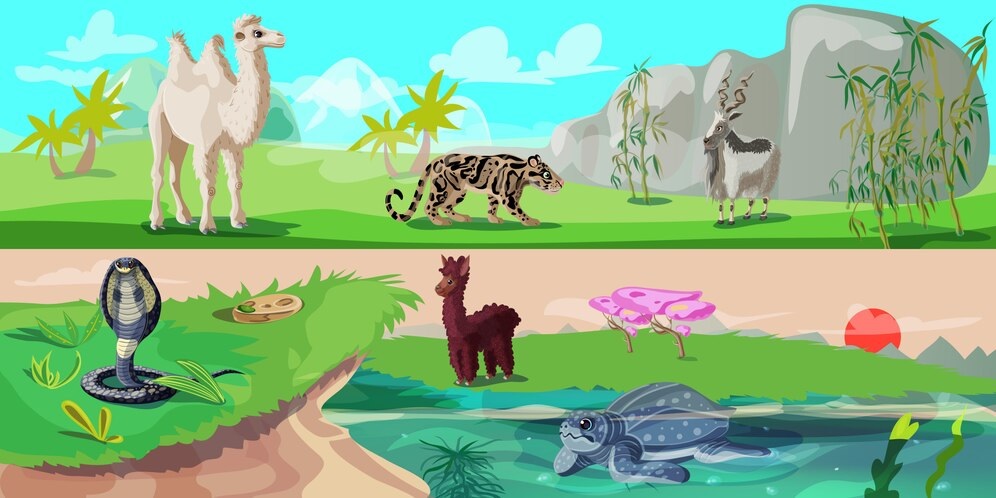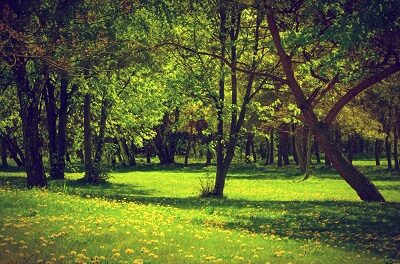Introduction
Animals, like us, need food and shelter to live. In this chapter, we will explore what different animals eat and where they live. Understanding these needs helps us appreciate how animals survive in their environments.
Animals Need Food
Animals eat different types of food depending on what they like and where they live.
Types of Food Different Animals Eat
- Herbivores: These animals eat plants. For example, cows eat grass, rabbits nibble on carrots, and elephants munch on leaves.
- Carnivores: Carnivores eat meat. Lions hunt zebras, sharks eat fish, and owls catch mice for their meals.
- Omnivores: Omnivores eat both plants and meat. Bears enjoy berries and fish, while humans eat fruits, vegetables, and sometimes meat.
Animals Need Homes
Just like we have homes to live in, animals have special places where they feel safe and can rest.
Names of Animals and Their Homes
- Bee: Bees live in hives made of wax.
- Bird: Birds build nests in trees or bushes using twigs, leaves, and feathers.
- Ant: Ants live in underground tunnels called anthills.
- Rabbit: Rabbits dig burrows in the ground to live in and hide from predators.
- Fish: Fish live in water and make homes among rocks, coral reefs, or underwater plants.
Conclusion
Animals need food to eat and homes to live in, just like us. By understanding what different animals eat and where they live, we can learn to respect and protect their habitats. Let’s appreciate the diversity of animal life and help create a safe environment for them to thrive!
This chapter introduces grade 1 students to the basic needs of animals, including food and shelter. It highlights the variety of foods animals eat and the different types of homes they create, fostering an understanding of animal behaviors and habitats through simple language and engaging visuals.
Image by macrovector on Freepik
Fun Facts
– Did you know that some birds, like the weaver bird, weave intricate nests using grass and twigs?
– Ants work together as a team to build and maintain their anthills, which can be as deep as several feet underground.

















